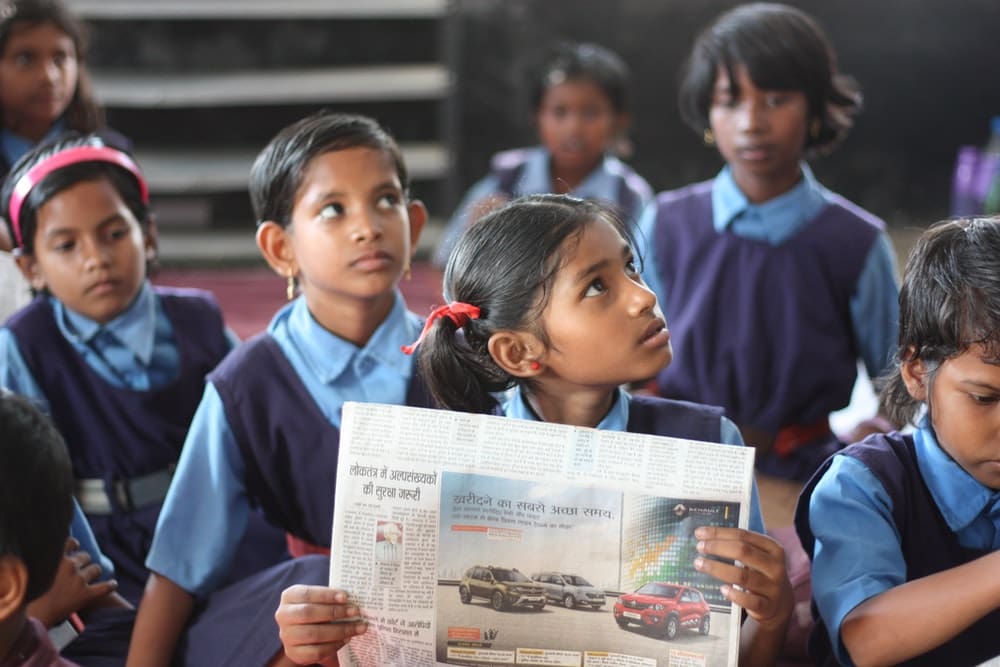
Enrollment in government schools increased by 3% from 131 million in 2019-20 to 135 million in 2020-21, while enrollment in private schools decreased by over three million from 98.2 million in 2019-20 to 95.1 million in 2020-21, the year the COVID-19 pandemic and related lockdowns hit India.
This is due to the pandemic’s economic slowdown, which had a significant impact on incomes, particularly for those from low-income backgrounds, teacher cutbacks, particularly in low-fee private schools which were unable to operate during the pandemic, and private schools’ inability to provide digital access for education, according to India Spend portal.
This shift in enrollment can be found in all states.
In Andhra Pradesh (14 %), government school enrollment increased the greatest, while private school enrollment decreased the most (-13 %). Enrolment in private schools fell by 8% in Tamil Nadu and Himachal Pradesh, and 7% in Gujarat and Haryana.
There were exceptions to the general trend. In Odisha, government enrollment fell by 5%, while private enrollment increased by 9%. While enrolment increased in both government and private schools in West Bengal, the increase in private schools was greater. In Madhya Pradesh, Maharashtra, and Uttarakhand, overall school enrolment decreased somewhat in both private and public schools.
The major reason for this drop is because of the unaffordable private schools. The pandemic’s economic downturn had a significant influence on households’ livelihoods, especially those from economically disadvantaged backgrounds. Many families were unable to afford private schools, despite the fact that the majority of private schools in India are low-cost.
While there are no national studies explaining this shift from private to government schools,” anecdotal evidence suggests that with the “loss of family income among households, affordability of private sector fees has been difficult,” India Spend Kiran Bhatty as saying. Bhatty is a senior visiting fellow at the Centre for Policy Research, and was previously the national coordinator for the Right To Education Act at the National Commission for Protection of Child Rights.
As students shifted to online and digital platforms, private schools were unable to give the additional digital support that some pupils need, according to Bhatty.
The third reason for decreasing private school enrollment is teacher retrenchment, especially in low-fee private schools, due to schools’ inability to pay teachers, which led to more school dropouts, according to Bhatty.
Furthermore, “the government’s outreach program, which included a variety of methods for getting educational materials to children, encouraged pupils to return to government schools.”
The decline in private school enrollment was mostly limited to primary and pre-primary levels, with very little increase in enrolment at the upper-primary, secondary, and higher secondary levels. Enrollment in government schools, on the other hand, surged at a far faster rate in the secondary and higher secondary levels. However, the rate of increase in government enrolment was higher in rural areas (3.2%) than in urban areas (2.4%).



